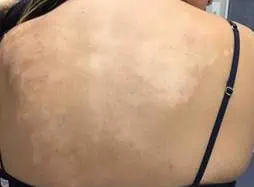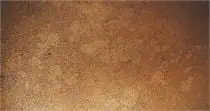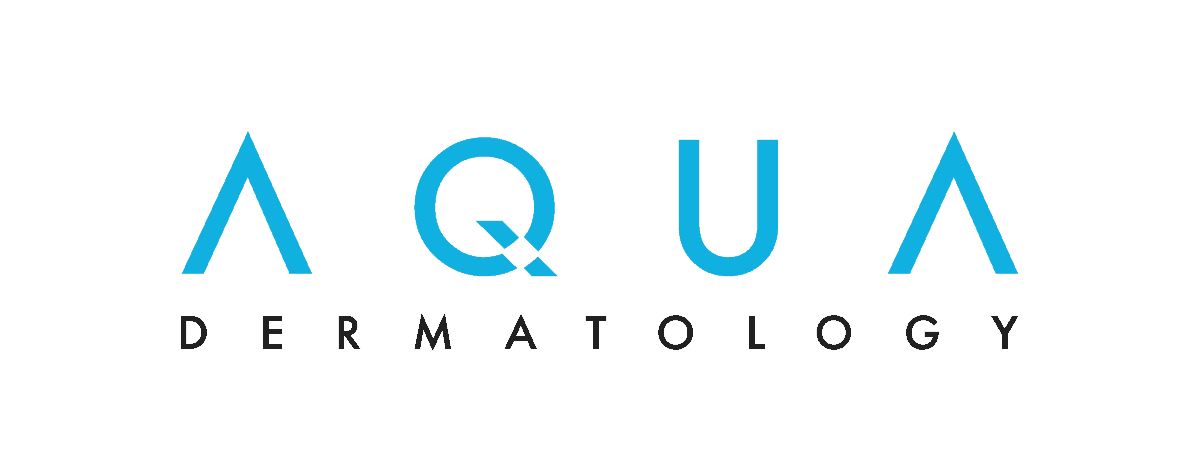Tinea
Versicolor
Call (877) 900-3223
TINEA VERSICOLOR:
DIAGNOSIS AND TREATMENT
What Does Tinea Versicolor Looks Like?
Signs of Tinea Versicolor
Those at Risk
Diagnosis of Tinea Versicolor
Tinea Versicolor Treatment
Tinea versicolor is a common skin condition due to overgrowth of a skin surface yeast (type of fungus). This overgrowth results in uneven skin color and scaling that can be unsightly and sometimes itch. The yeast normally lives in the pores of everyone’s skin. It thrives in oily areas such as the neck, upper chest and back.
What Does Tinea Versicolor Look Like?

The rash has small, scaly, white-to-pink-to-tan-to-dark spots. These spots are scattered over the upper arms, chest, and back, and may sometimes appear on the neck and face. On light skin, they may be faint or they may show up as tan-to-pink spots, while on dark skin they may be light or dark.
The fungus grows slowly and prevents the skin from tanning normally. As the rest of the skin tans in the sun, the pale spots, which are affected by the yeast, become more noticeable, especially on dark skin. When the rash occurs on the face and neck, it may be very disturbing to the patient.
Signs of Tinea Versicolor
Tinea versicolor usually produces few symptoms. Occasionally, there is some slight itching that is more intense when a person gets hot.
Those at Risk
Most people get tinea versicolor when they are teenagers or young adults. It is rare in the elderly and in children, except in tropicalclimates where it can occur at any age. Both dark- and light-skinned people are equally prone to its development. People with oily skin may be more susceptible than those with naturally dry skin.
Why some people get tinea versicolor and others do not is not clearly understood. Since the yeast is normally present in small numbers on everyone’s skin, anyone can develop an overgrowth of this yeast. It usually grows slowly in the skin so that normal washing and cleansing removes the yeast along with dead skin.
During the summer months when the temperature and humidity are high, the yeast can increase. The excess yeast on the skin prevents the normal pigmentation process, so both light and dark colored spots can result.
In tropical climates with continuous high heat and high humidity, people can have these spots year round. In other climates, the spots generally fade in the cooler and drier months of the year.
Diagnosis of Tinea Versicolor

Although the light- or dark-colored spots can resemble other skin conditions, tinea versicolor can be easily recognized by your dermatologist. In most cases, the appearance of the skin is diagnostic, but a simple examination of the fine scales scraped from the skin can confirm the diagnosis.
Scales are lightly scraped onto a slide and examined under a microscope for the presence of the yeast. A special light may help to make the diagnosis by showing a yellow-green color where the skin is affected.
Tinea Versicolor Treatment
Tinea versicolor is treated with either topical or oral medications. Topical treatment includes special cleansers including some shampoos, creams, or lotions applied directly to the skin, once or twice a day.
Several oral medications have been used successfully to treat tinea versicolor. Because of possible side effects or interactions with other medications, the use of these prescription medicines should be supervised by your Water’s Edge Dermatology practitioner.
After any form of treatment, the uneven color of the skin may remain several months after the yeast has been eliminated. Tinea versicolor may reappear. To prevent recurrences, special cleansers may need to be used once or twice a month.
Each patient is treated by your Water’s Edge Dermatology practitioner according to the severity and location of the disease, the climate, and the desire of the patient. It’s important to remember that the yeast is easy to kill, but it can take weeks or months for the skin to regain its normal color.





